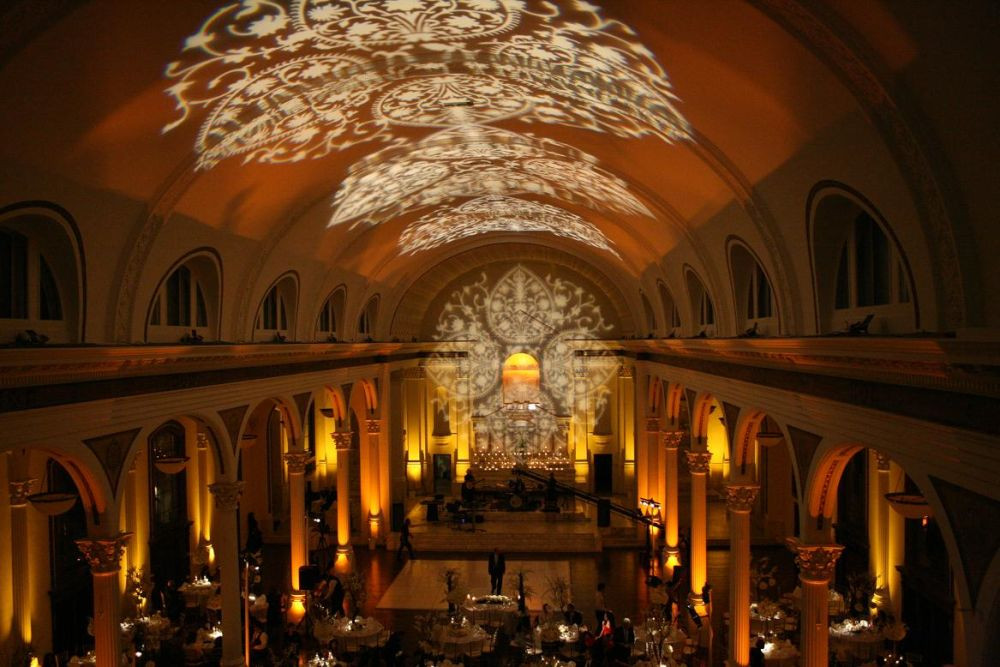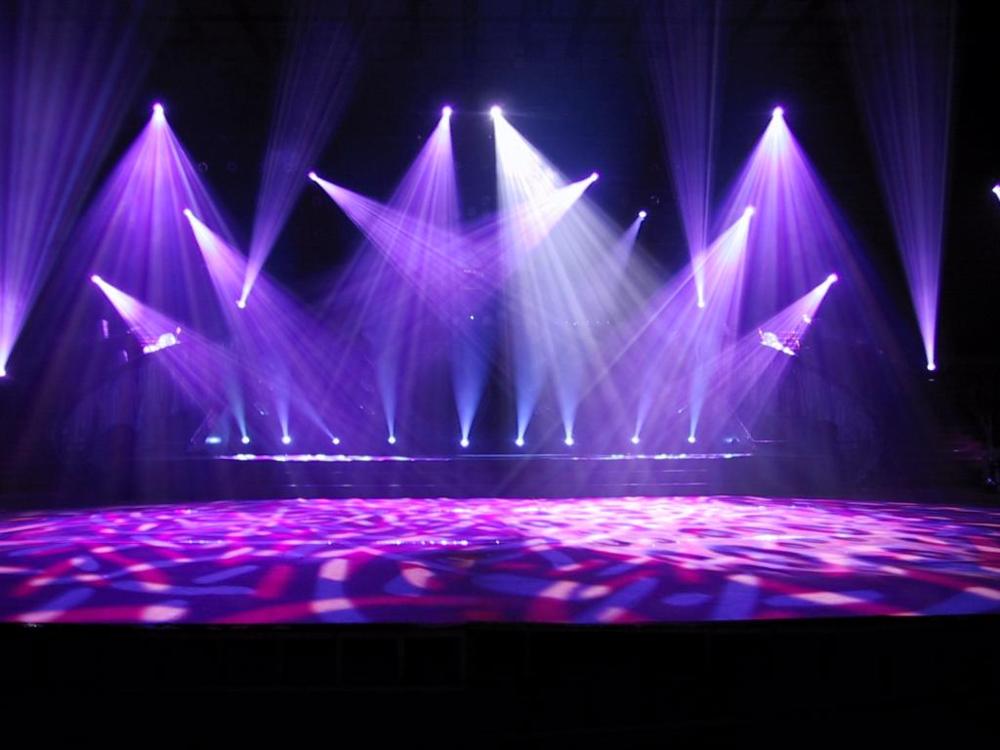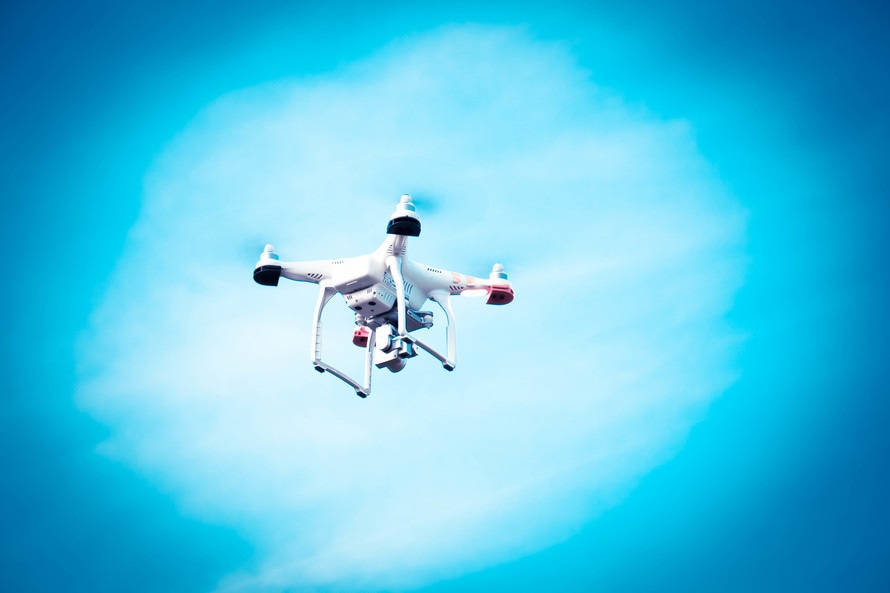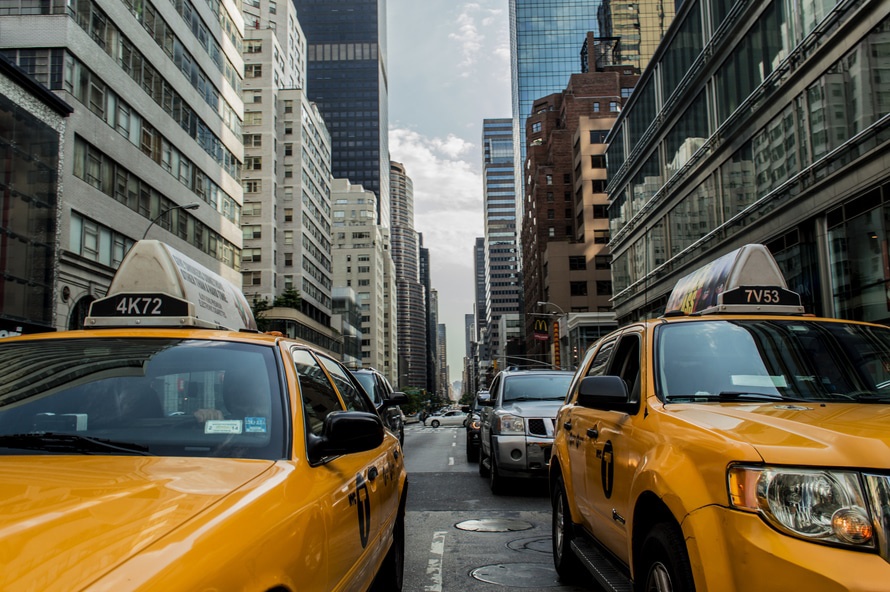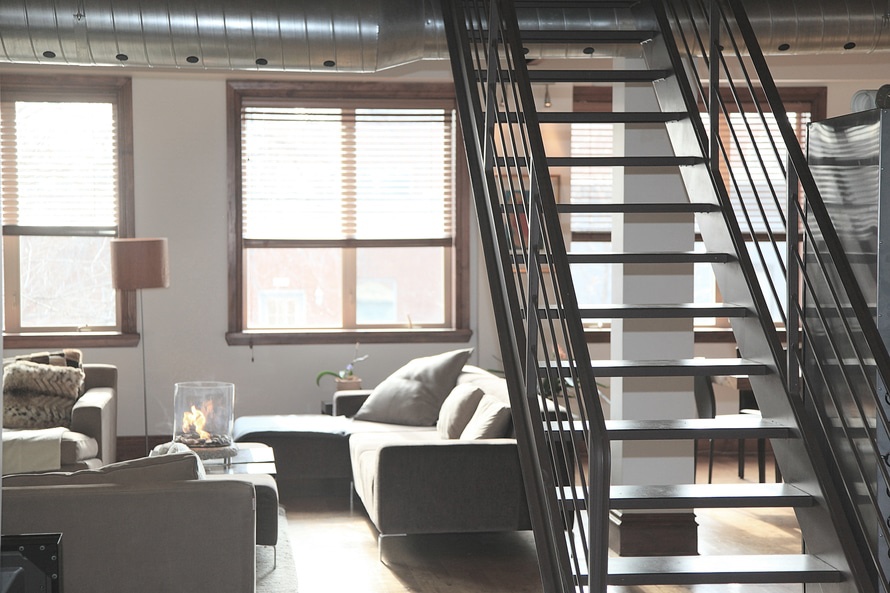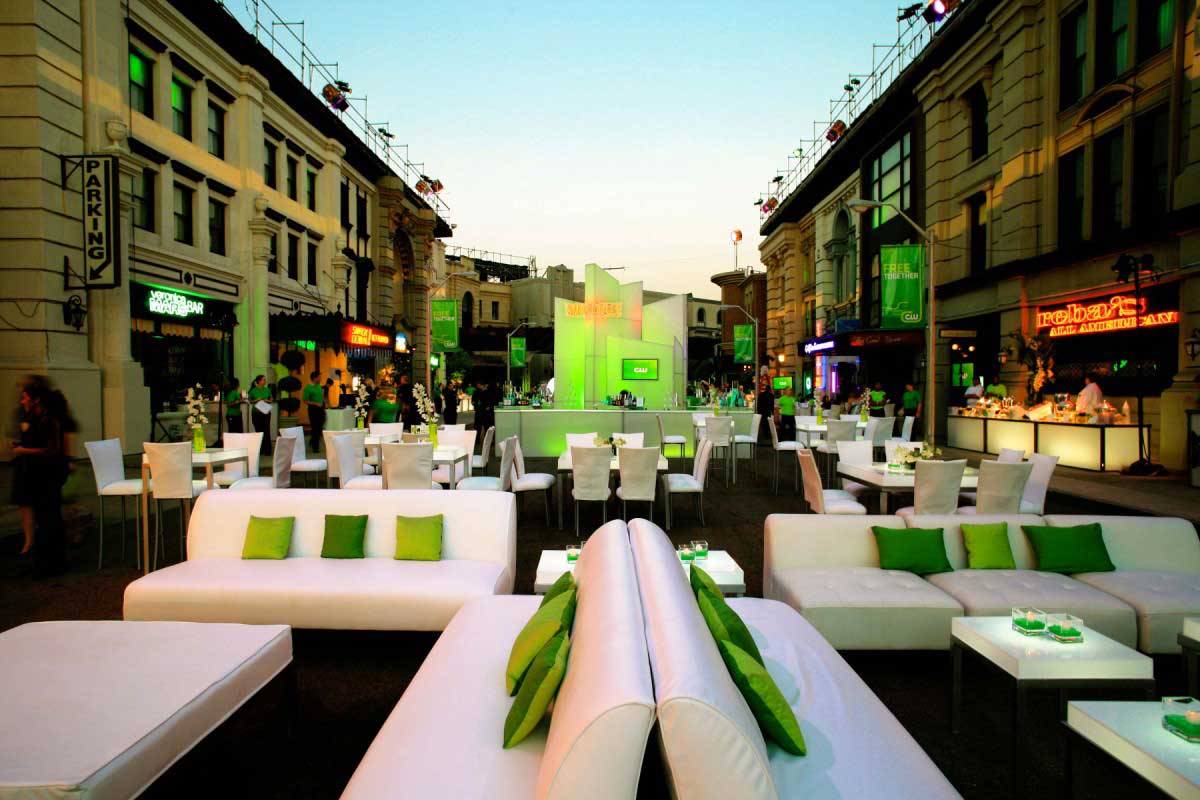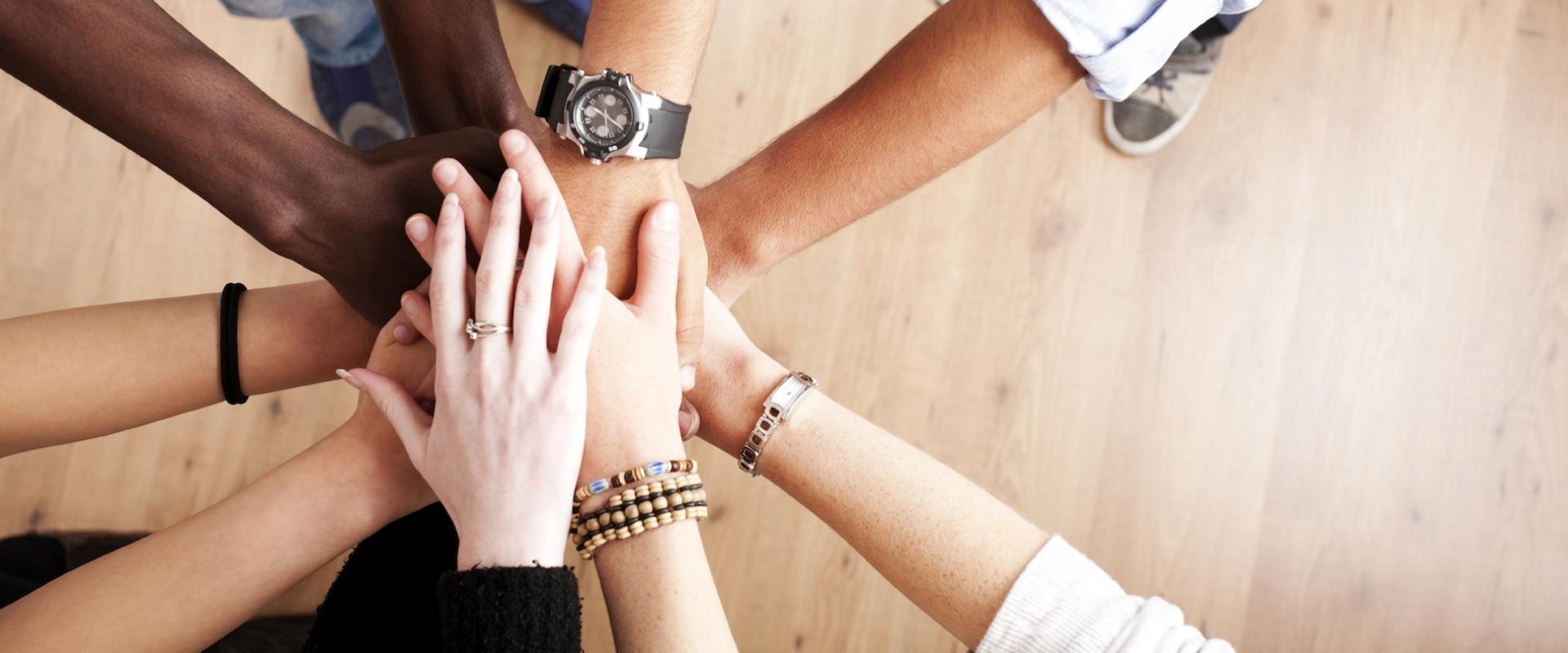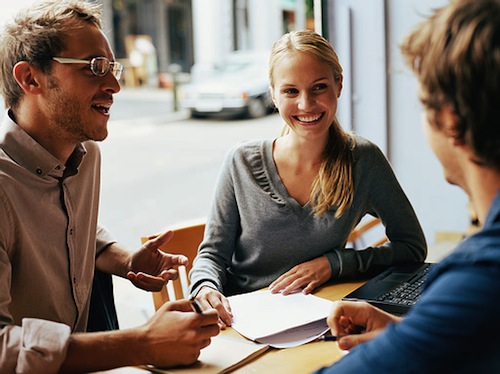Our audience is being bombarded by email marketing and email reminders. So how much is too much? And what email campaigns really capture attention? Here are a few tips.
Engaging content
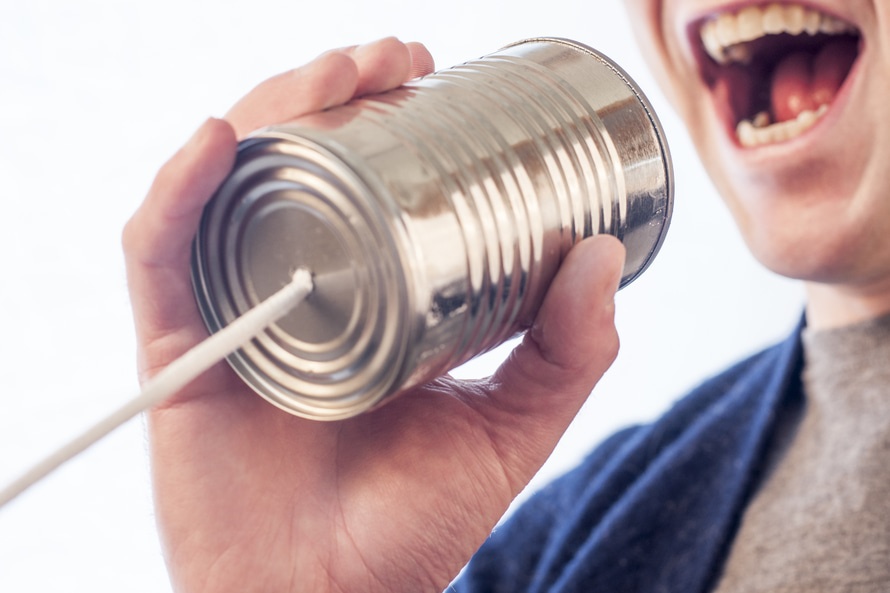
It’s no secret that the key to our audience’s heart is content that engages.
Think about the value that your email marketing brings to them. Not only are you pushing an event, but what can you give to them in addition?
Perhaps a recap of helpful articles from your website that they may have missed, a summary of trends that will be interesting to them, or other ways of providing value so that your audience clicks and engages.
Engaging subject line

You can have great content, but if no one opened your email, you only get so far.
The art of subject lines is more complicated than ever, but definitely an art worth learning.
You can try personalizing the subject line so that your attendees first name is in that prominent location.
Segment

It’s very important to email people who register for your event frequently. The key is segmenting and specializing.
Don’t send the same confirmation email over and over to the same attendee.
Take them through a pipeline – ask them to download your app, highlight some of your speakers, introduce them to other people will be attending. And, segment your list so that the content they receive is customized for them.
Perhaps you have one email confirmation going to speakers, a different one for sponsors, one for longtime supporters, another for people who are coming to your event for the first time.
This, of course, is a lot more work on the writing side, but it allows your emails to be much more personalized and will help your attendees find the value in repeat communications.



